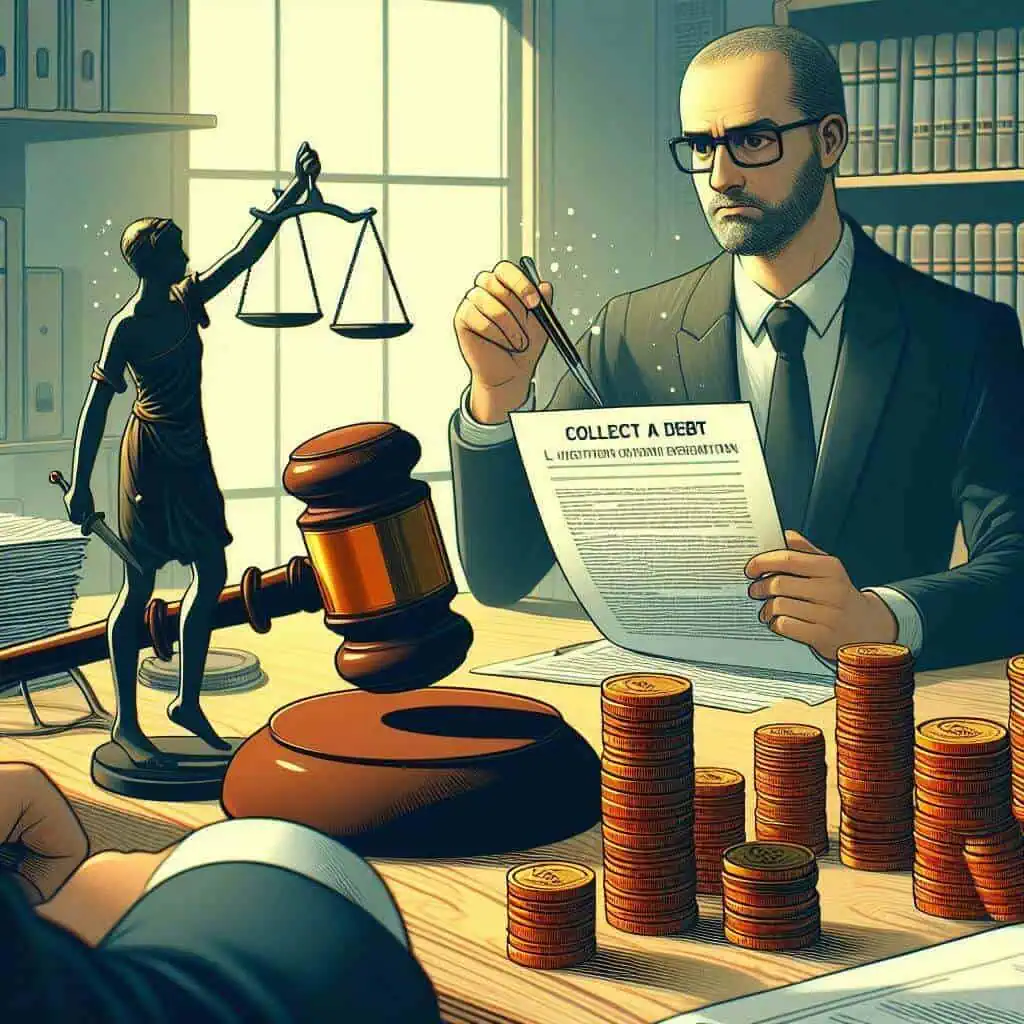A Closer Look at the Law on Cyber Libel and Liability
To determine whether a person posting, sharing, commenting, or liking a libelous post on social media, is liable for the crime of cyber libel, we have to explore the principal acts amounting to the crime of cyber libel itself, as defined under the Cybercrime Prevention Act of 2012.
Section 4(c)(4) of the Cybercrime Prevention Act of 2012, which punishes the crime of cyber libel, makes reference to Article 355 of the Revised Penal Code:
“(4) Libel. – The unlawful or prohibited acts of libel as defined in Art. 355 of the Revised Penal Code, as amended, committed through a computer system or any other similar means which may be devised in the future.”
and punishes the same set of acts defined under the Revised Penal Code, but outlines its commission, through “a computer system or any other similar means which may be devised in the future”.
Proceeding from the definition of libel under Article 353 of the Revised Penal Code, cyber libel is defined as a public and malicious imputation of a crime, or of a vice or defect, real or imaginary, or any act, omission, condition, status, or circumstance tending to cause the dishonor, discredit, or contempt of a natural or juridical person, or to blacken the memory of one who is dead, and committed through a computer system or any other similar means which may be devised in the future.
Elements of Cyber Libel
The following are the elements of cyber libel, based on Section 4(c)(4) of R.A. 10175, in relation to Articles 353 and 355 of the Revised Penal Code:
a. There must be an imputation of a crime, or of a vice or defect, real or imaginary, or any act, omission, condition, status, or circumstance.
b. The imputation must be made publicly, which requires that at least one other person must have seen the libelous post, in addition to the author and the person defamed or alluded to in the post.
c. The imputation must be malicious, which means that the author of the libelous post made such post with knowledge that it was false, or with reckless disregard as to the truth or falsity thereof. (Yunchengco vs. The Manila Chronicle Publishing Corporation, G.R. No. 184315, 25 November 2009.)
d. The imputation must be directed at a natural or juridical person, or one who is dead, which requires that the post must identify the person defamed, or at the very least, the person defamed is identifiable by a third person.
e. The imputation must tend to cause the dishonor, discredit or contempt of the person defamed. (Reyes, Luis B., Revised Penal Code, Fifteenth Edition, 2001, page 932.)
f. The imputation was done through the use of a computer system or any other similar means which may be devised in the future. (Sec. 4(c)(4) of R.A. 10175)
Person Liable for Cyber Libel
It must be noted that the Revised Penal Code punishes the person who shall publish, exhibit or cause the publication or exhibition of a libelous post, or the editor or business manager of a book, pamphlet, newspaper, magazine or serial publication containing the libelous material:
“Art. 360. Persons responsible. — Any person who shall publish, exhibit, or cause the publication or exhibition of any defamation in writing or by similar means, shall be responsible for the same.
The author or editor of a book or pamphlet, or the editor or business manager of a daily newspaper, magazine or serial publication, shall be responsible for the defamations contained therein to the same extent as if he were the author thereof.
Therefore, in relation to the crime of cyber libel, you have two (2) personalities that are clearly subjected to liability for the crime:
- The author of the libelous post, which includes the person who shall publish, exhibit or cause the publication of the libelous post. The person who created the libelous post would fall under this category.
- The editor or business manager, in case the libelous post is contained in a book, pamphlet, newspaper, magazine or serial publication.
Penalty for Cyber Libel
Traditional libel is punished under the Revised Penal Code, as amended by Republic Act No. 10951, as follows:
“Art. 355. Libel by means of writings or similar means. – A libel committed by means of writing, printing, lithography, engraving, radio, phonograph, painting, theatrical exhibition, cinematographic exhibition, or any similar means, shall be punished by prisión correccional in its minimum and medium periods or a fine ranging from Forty thousand pesos (₱40,000) to One million two hundred thousand pesos (₱1,200,000), or both, in addition to the civil action which may be brought by the offended party.”
The penalty under Prision Correccional in its minimum period involve imprisonment from 6 months and 1 day to 2 years and 4 months. On the other hand, Prision Correccional in its medium period involve imprisonment from 2 years, 4 months and 1 day to 4 years. Thus, using the computation of periods for penalties under the Revised Penal Code, the penalty imposed for traditional libel involves imprisonment from 6 months and 1 day to 4 years and 2 months.
On the other hand, the Cybercrime Prevention Act of 2012 punishes the crime of cyber libel as follows:
“Section 6. All crimes defined and penalized by the Revised Penal Code, as amended, and special laws, if committed by, through and with the use of information and communications technologies shall be covered by the relevant provisions of this Act: Provided, That the penalty to be imposed shall be one (1) degree higher than that provided for by the Revised Penal Code, as amended, and special laws, as the case may be.”
Since the crime of traditional libel is punished under the Revised Penal Code, and under the cyber crime prevention act, if the crime is cyber libel, “the penalty to be imposed shall be one (1) degree higher than that provided for by the Revised Penal Code, as amended”, the penalty imposed would be Prision Correccional in its maximum period to Prision Mayor in its minimum period.
Prision Correccional in its maximum period involve imprisonment from 4 years, 2 months and 1 day to 6 years. On the other hand, Prision Mayor in its minimum period involve imprisonment 6 years and 1 day to 8 years.
Thus, the penalty for cyber libel, based on the penalty under the Revised Penal Code for traditional libel, and computed under Section 6 of the Cybercrime Prevention Act of 2012, which increased the penalty by one (1) degree higher, is 2 year, 4 months and 1 day to 8 years.
About Nicolas and De Vega Law Offices
If you need assistance in cybercrime, civil or other criminal law-related issues, we can help you. Nicolas and de Vega Law Offices is a full-service law firm in the Philippines. You may visit us at the 16th Flr., Suite 1607 AIC Burgundy Empire Tower, ADB Ave., Ortigas Center, 1605 Pasig City, Metro Manila, Philippines. You may also call us at +632 84706126, +632 84706130, +632 84016392 or e-mail us at [email protected]. Visit our website https://ndvlaw.com.









